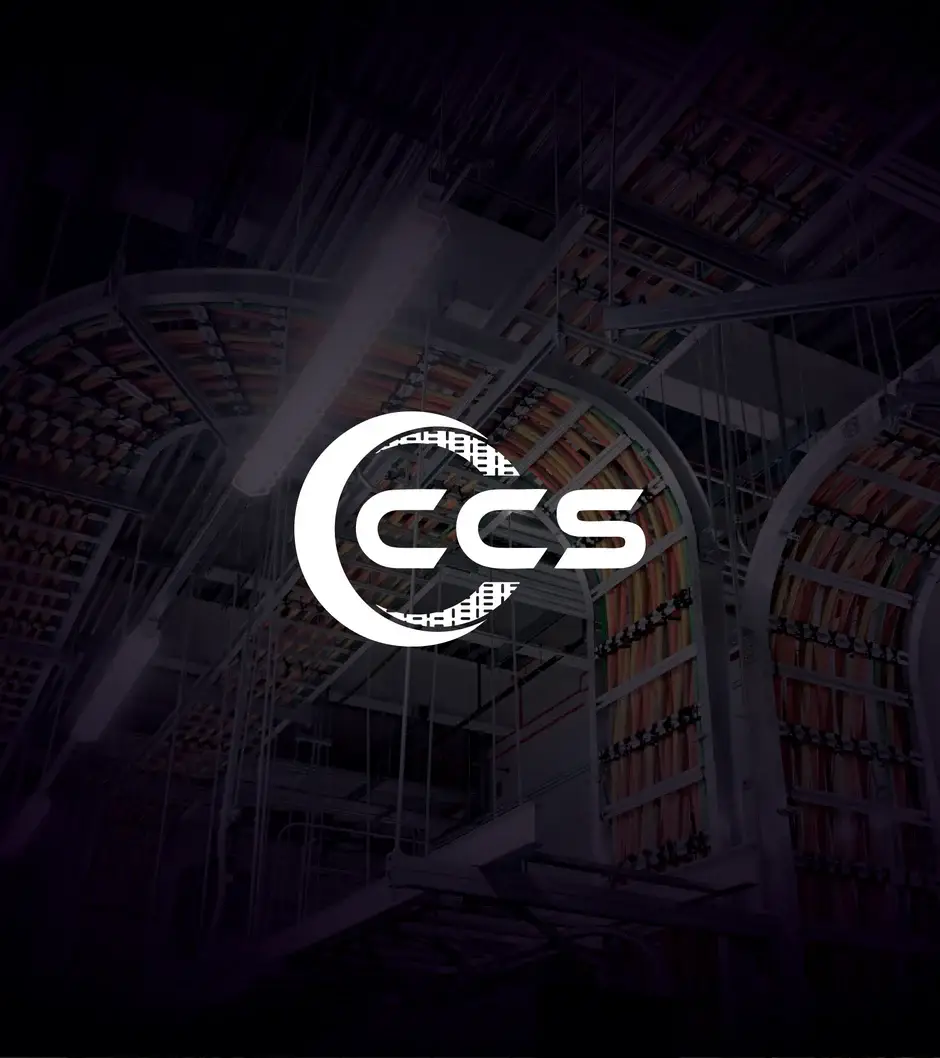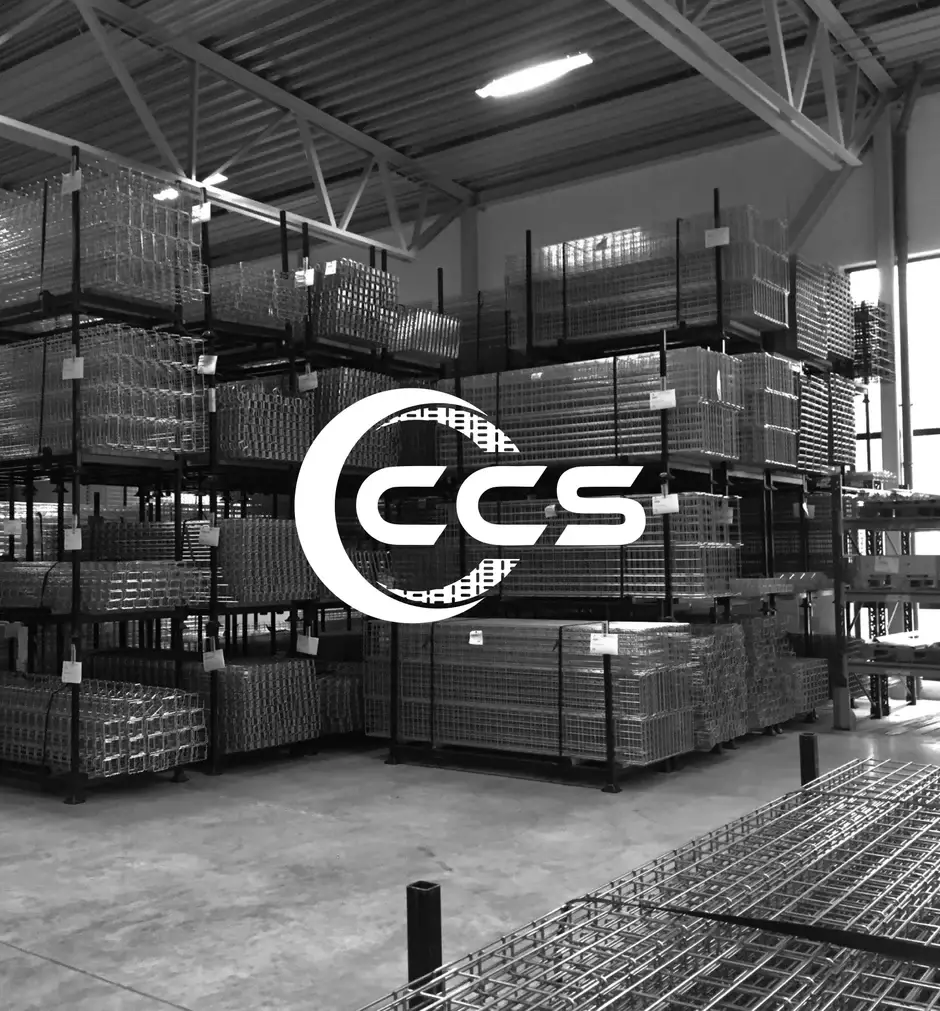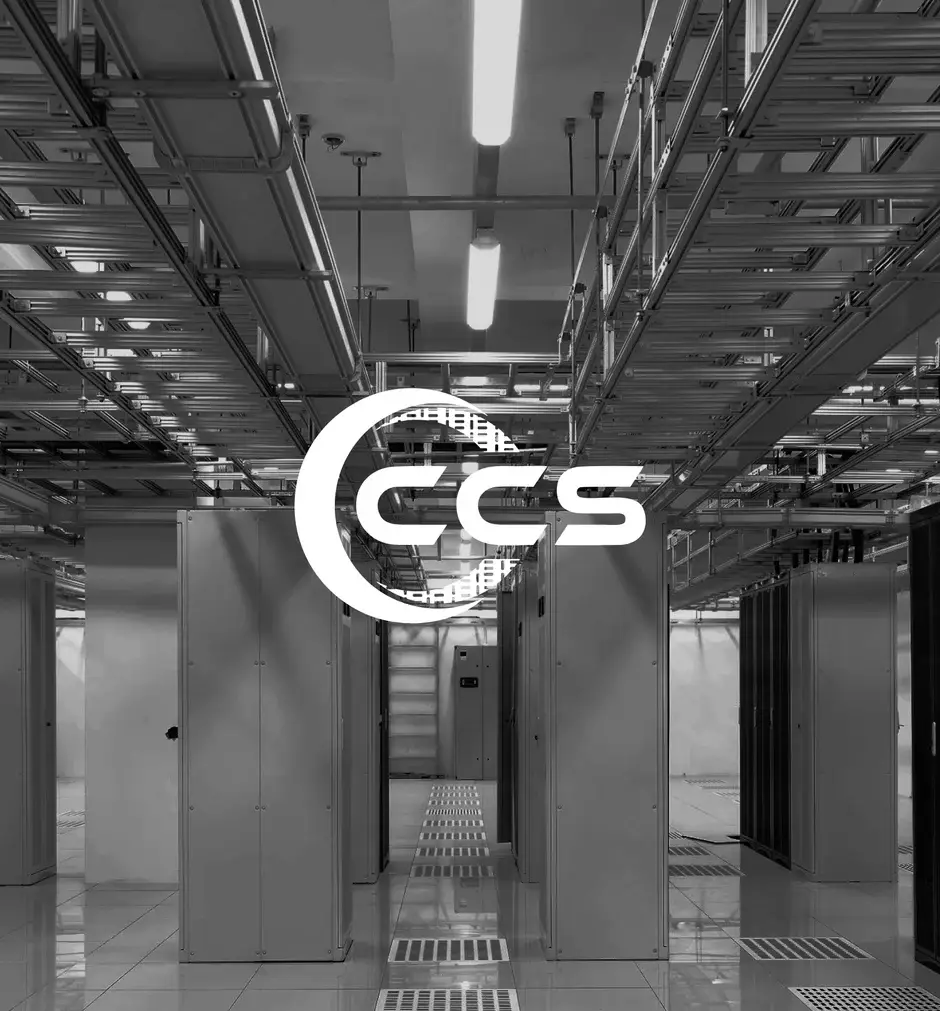The Ultimate Guide to Cable Trays: Choosing the Right Solution for Your Project

Cable trays come in various styles, including ladder, perforated, and solid-bottom trays. Each type serves specific purposes, from handling heavy-duty cables to offering enhanced protection against dust and debris. Understanding these variations is the first step in selecting the right cable tray for your project.
What Are Cable Trays? Understanding Their Role in Cable Management

Cable trays are essential components of modern cable management systems, providing a structured pathway for electrical wiring and ensuring safety, organization, and accessibility. They are particularly crucial in environments where a large number of cables need to be routed efficiently, such as commercial buildings, data centers, and industrial facilities. By keeping cables organized, cable trays reduce the risk of damage, overheating, and interference. Their design allows for easy inspection and maintenance, making them a preferred choice for projects requiring scalability and reliability.
Material Matters: Comparing Steel, Aluminum, and GRP Cable Trays

Selecting the appropriate material for your cable trays is critical for ensuring long-term performance. Steel cable trays are known for their strength and durability, making them suitable for heavy-duty applications. They are often coated with galvanization or powder to resist corrosion in challenging environments. Aluminum cable trays, on the other hand, are lightweight and corrosion-resistant, making them ideal for outdoor or coastal installations.
For environments requiring high chemical resistance, Glass Reinforced Plastic (GRP) cable trays are the best choice. GRP trays are non-conductive, lightweight, and resistant to fire, making them suitable for hazardous or high-temperature settings. Assessing the specific needs of your project, such as load capacity, environmental exposure, and budget, will help you decide which material is the most suitable.
Installation Best Practices for Cable Trays
Proper installation is key to ensuring the efficiency and longevity of cable trays. Start by conducting a thorough assessment of the site to determine the optimal route for the trays. Ensure that the support system is robust and installed at appropriate intervals to handle the weight of the cables.
Cables should be laid out evenly within the tray to prevent sagging and overheating. Avoid overloading the trays and adhere to the manufacturer’s guidelines regarding load capacity. Use covers or additional protection in environments prone to dust, moisture, or chemical exposure.
Finally, plan for future expansion by leaving adequate space within the trays. This foresight will save time and costs when scaling your cable management system. By following these best practices, you can ensure a safe and efficient cable tray installation.
